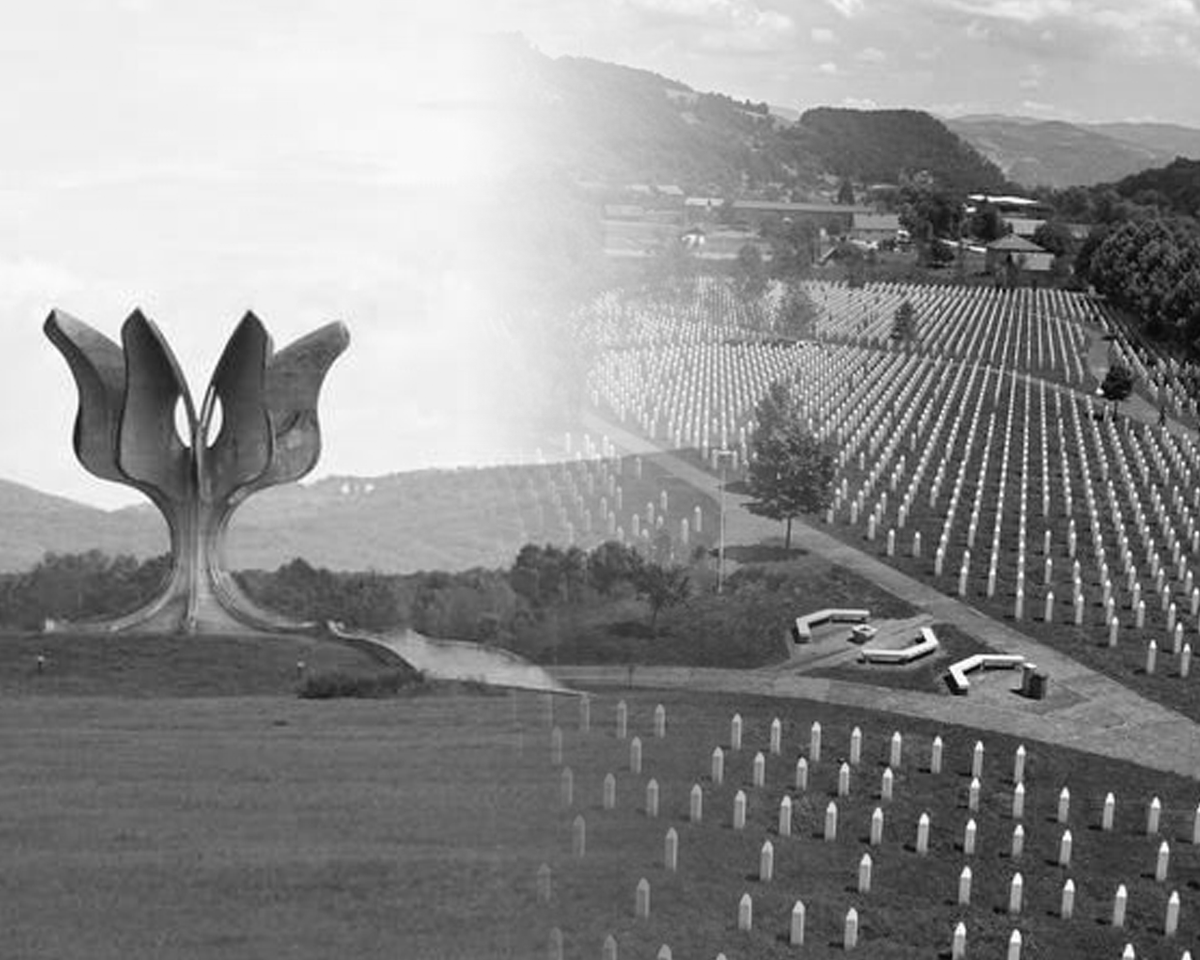
Forces glorifying war criminals and genocide against the Bosniak people are using Jasenovac as a "platform" to strengthen their nationalist narratives, Srebrenica genocide Memorial Centre said in their historic message on the occasion of the 75th anniversary of the liberation of the World War II concentration camp Jasenovac.
"On this day, 75 years ago, the last prisoners of the concentration camp Jasenovac tried to get to freedom, after over 700 women who remained in the camp had been killed the night before. Less than a hundred people survived the push for freedom. This death camp is one of the biggest sites of suffering for Jews, Roma and Serbs, as well as many Croat and Bosniak anti-fascists who stood up against the Independent State of Croatia and Ustasha terror," the Srebrenica Memorial Centre said.
The Jasenovac concentration camp was one of the largest concentration camps in Europe at that time, run by the Independent State of Croatia (NDH), a puppet state of Nazi Germany established in modern-day Croatia and Bosnia.
Around 80,000 Jews, Serbs, Roma, and anti-fascist Croats are thought to have been killed in the camp.
"Today, forces glorifying war criminals and genocide against the Bosniak people are simultaneously using the Jasenovac theme as one of the 'platforms' for reinforcing their nationalist narratives. To them, the number of people killed is always too small, to them - victims are always an excuse and a supplement to the 'but' when they say 'there were crimes on all sides.' The Srebrenica Memorial Center, as the most important institution for remembrance of the genocide committed against the Bosniak people from 1992 to 1995, will always equally treat all innocent victims of Jasenovac and other places of Ustasha, Chetnik and fascist terror, as our own. Because the images of Jasenovac's dead children do not diminish or destroy the mass graves and concentration camps of the 1990s, from Srebrenica to Tomasica, from Omarska to Susica. That's why we remember. And we can only hope that one day a similar message will arrive from Jasenovac to our address in Potocari," conclude the Srebrenica Memorial Centre.
In April 1993, the UN had declared the besieged enclave of the eastern Bosnian town of Srebrenica a safe area under UN protection.
However, in July 1995, the Dutch battalion failed to prevent the town's capture by the Bosnian Serb forces and the massacre that followed.
More than 8,000 Bosniak men and boys were killed in the days following July 11, 1995, and so far the remains of more than 6,600 have been found and buried.
The International Criminal Tribunal (ICTY) for the Former Yugoslavia and the International Court of Justice later ruled that the massacre was an act of genocide.
International and regional courts have sentenced 45 people for what happened in Srebrenica to a total of more than 700 years behind bars. Those who the ICTY sentenced to life imprisonment are Ljubisa Beara, Zdravko Tolimir, and Vujadin Popovic. But the most well known alleged masterminds of what happened in Srebrenica are former Bosnian Serb politician Radovan Karadzic and ex Bosnian Serb general Ratko Mladic, and both have been sentenced for it but have appealed.
Kakvo je tvoje mišljenje o ovome?
Učestvuj u diskusiji ili pročitaj komentare





 Srbija
Srbija
 Hrvatska
Hrvatska
 Slovenija
Slovenija







